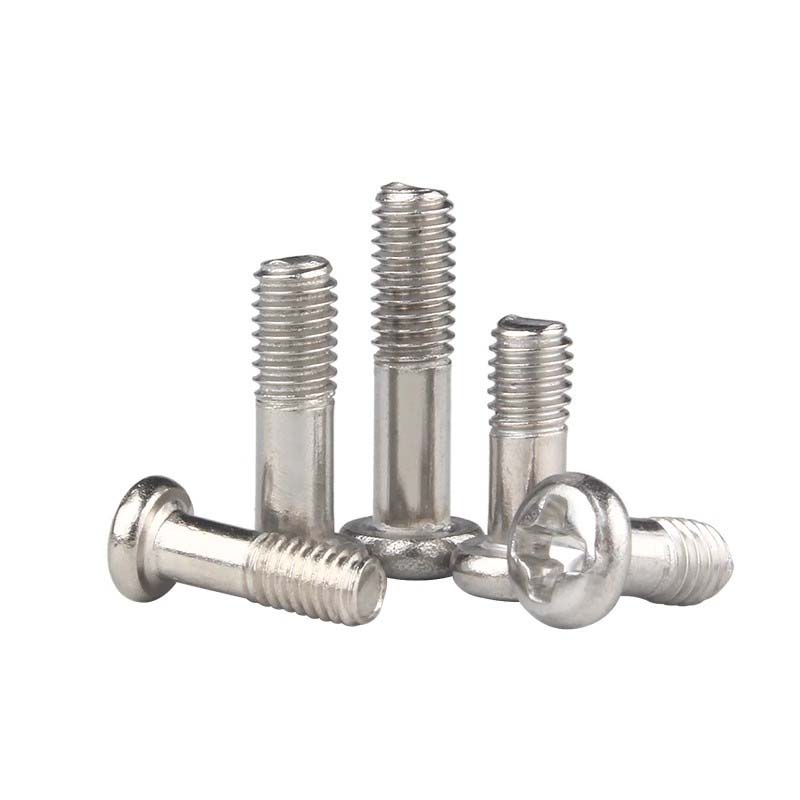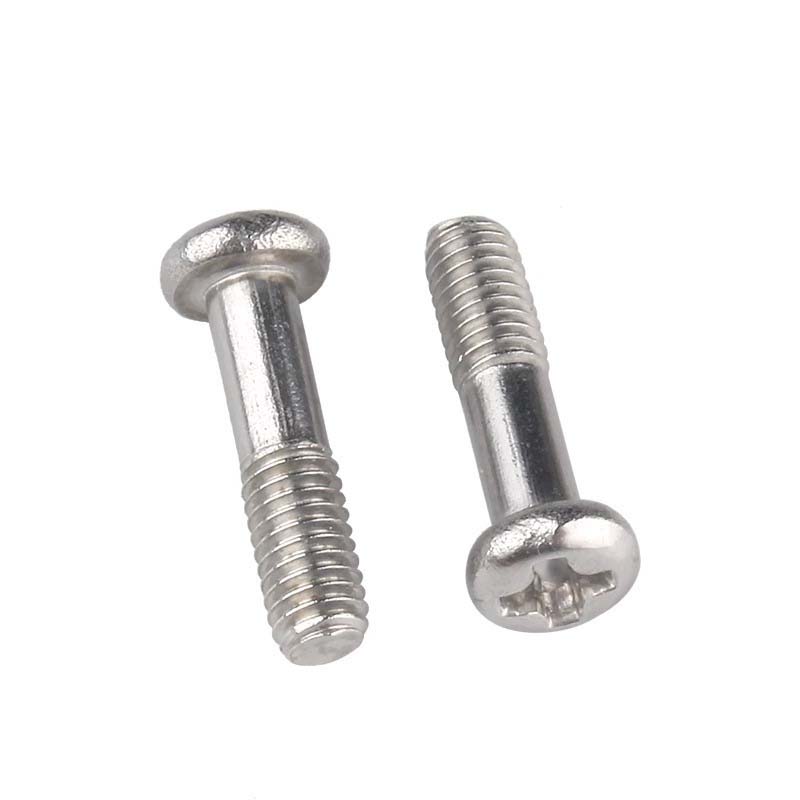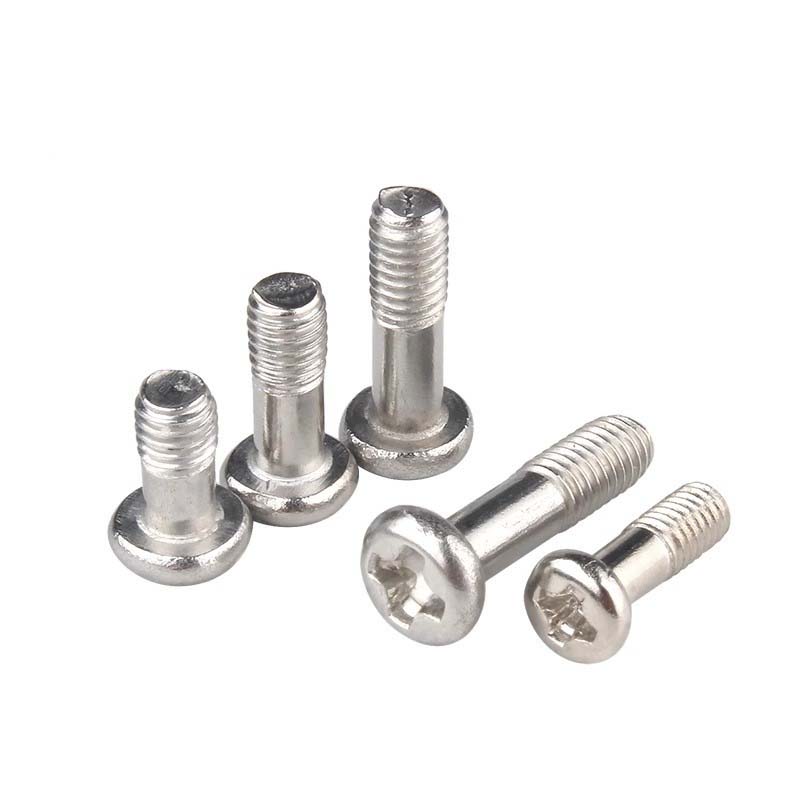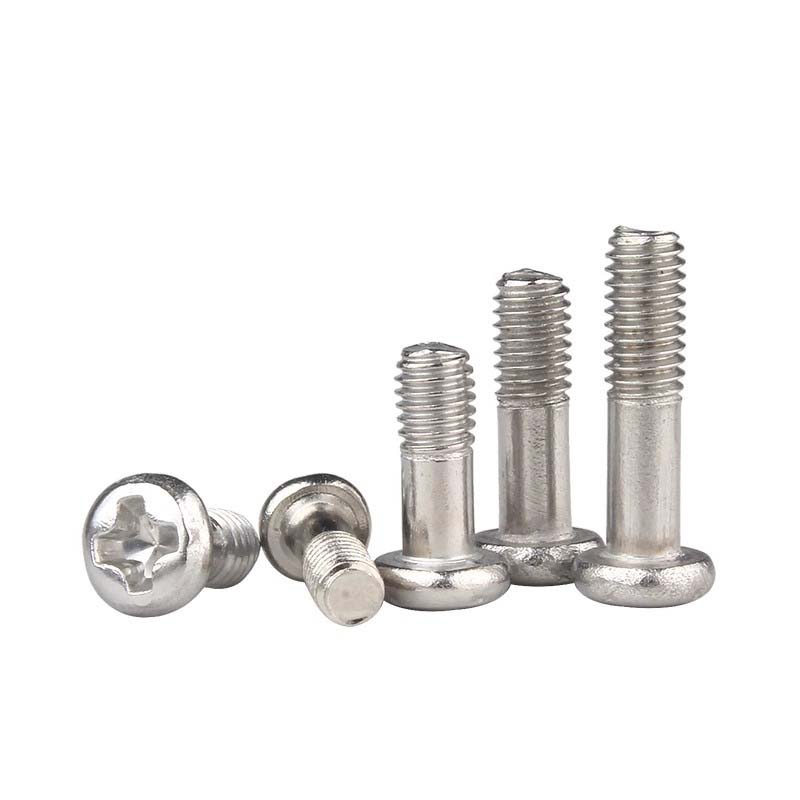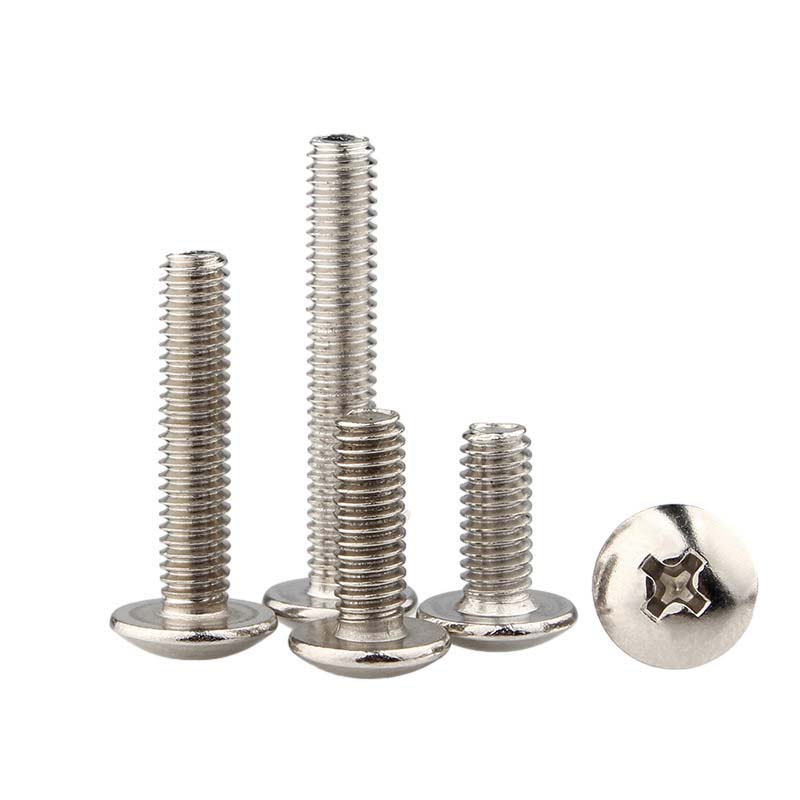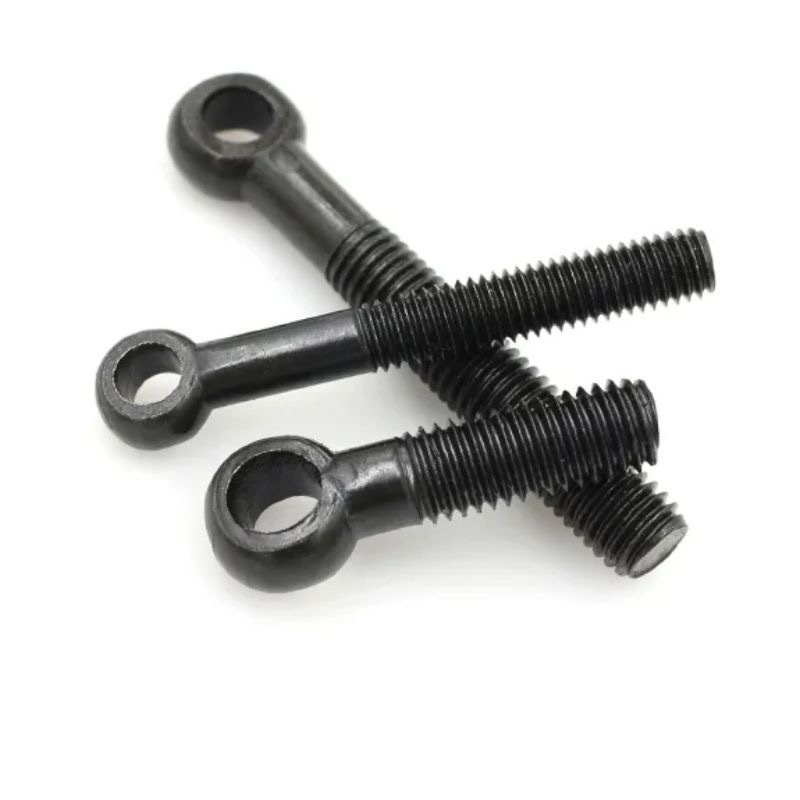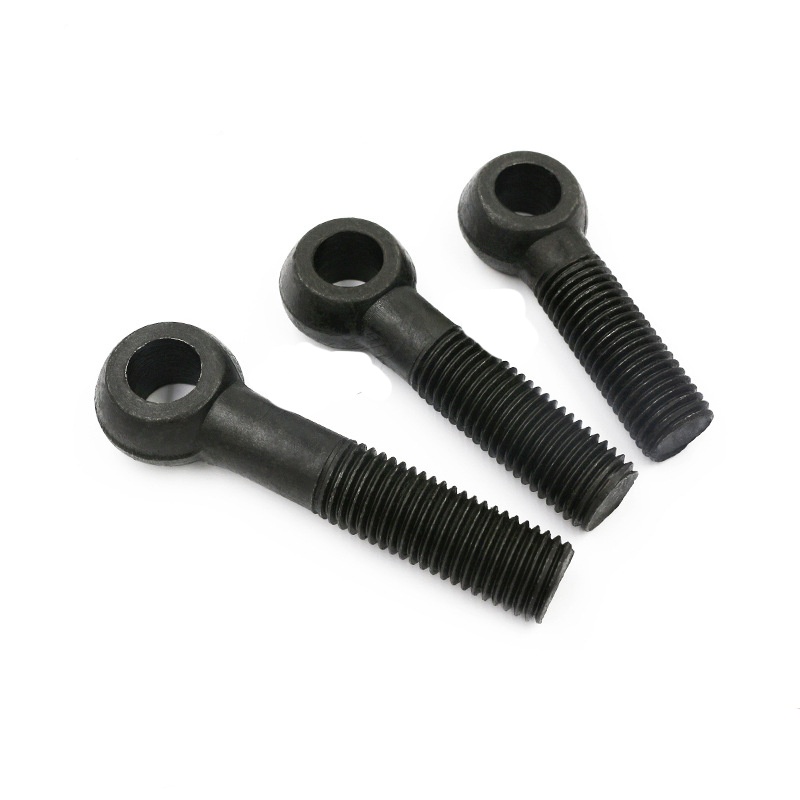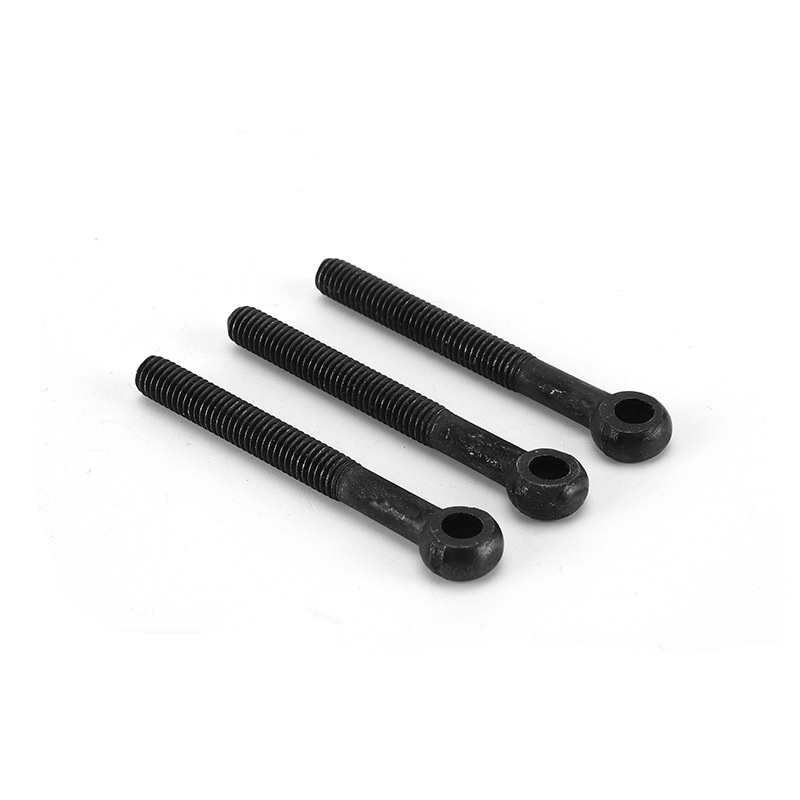Перекрестные круглые болты с головой
Отправить запрос
Cross recessed round head bolts are produced in accordance with environmental standards. The factory recycles metal scraps and uses water-based paints instead of harsh chemicals.We follow rules like REACH and RoHS that ban harmful stuff like hexavalent chromium.
We also use energy-saving methods such as cold forging to reduce pollution when producing cross recessed round head bolts.Some bolts are designed to be easily taken apart, which helps with recycling and reusing materials in industries like cars and green energy.
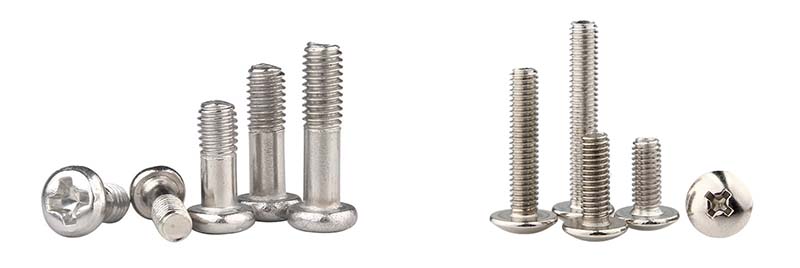
Features
Cross recessed round head bolts have a rounded top that does not protrude when laid flat.They’re made to hold things together tightly and last a long time, used in cars, construction, machines, and furniture.
Unlike bolts with flat hex or square heads, these rounded ones are less likely to catch on clothes or tools and look nicer. You can get them in different metals (like stainless steel or carbon steel), sizes, and coatings to fit regular or custom jobs.
Cross recessed round head bolts are tough,can handle shaking, spread weight evenly, and fight rust,and are important components used in automobiles, construction, machinery and furniture.
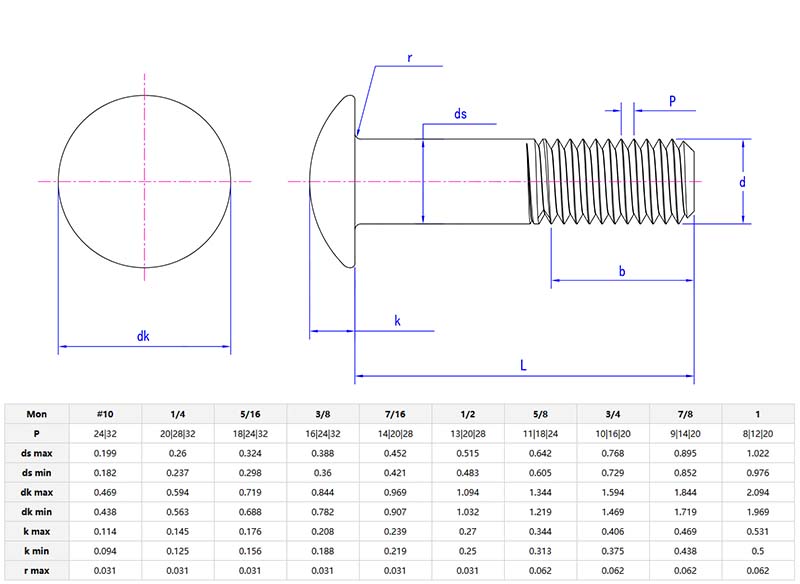
FAQ
Q: What certifications do your cross recessed round head bolts comply with, and how do they ensure quality?
A:Our cross recessed round head bolts follow big standards like ISO 898-1, ASTM F568M, and DIN 933 to make sure they’re the right size, strong enough, and have consistent threads. Every batch gets tested really carefully,such as check hardness, do salt spray tests (like ASTM B117 for rust resistance), and test how much torque they can handle.
We are also certified to meet environmental rules like RoHS and REACH. You can track their quality through material test reports (MTRs), and our ISO 9001-certified factories use strict processes to keep things consistent. Whether you’re using them in cars, buildings, or boats, these certifications mean the cross recessed round head bolts are reliable and long-lasting even in tough situations.
Market distribution
|
Market |
Total Revenue (%) |
|
North America |
20 |
|
South America |
4 |
|
Eastern Europe |
24 |
|
Southeast Asia |
2 |
|
Africa |
2 |
|
Oceania |
1 |
|
Mid East |
4 |
|
Eastern Asia |
13 |
|
Western Europe |
18 |
|
Central America |
6 |
|
Northern Europe |
2 |
|
Southern Europe |
1 |
|
South Asia |
4 |
|
Domestic Market |
5 |


